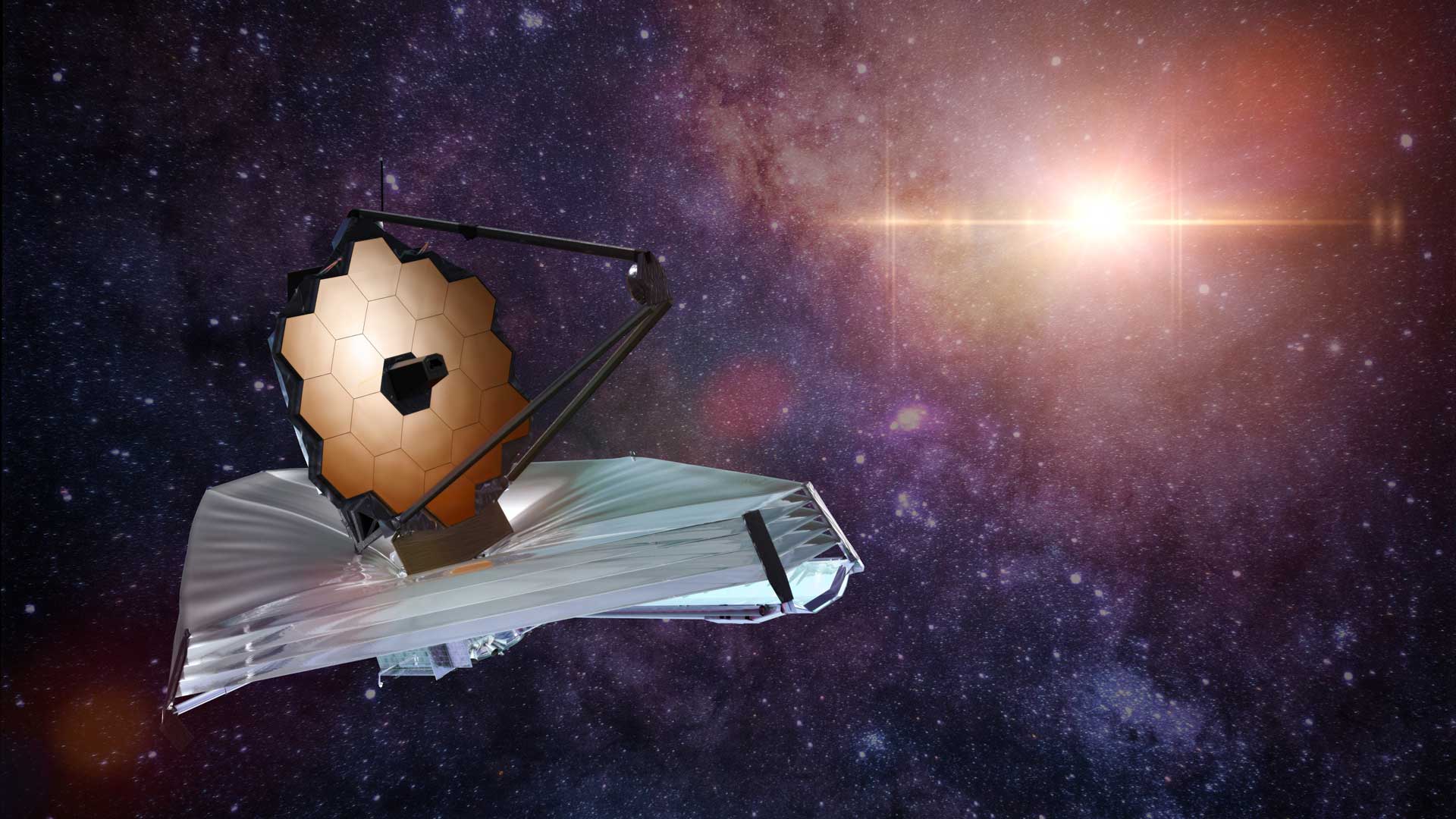I have written about NASA’s James Webb Space Telescope in the past. For more than two decades, NASA and its European and Canadian partners planned to replace the Hubble Telescope, finally launching the James Webb Telescope (JWT) from French Guiana on December 25, 2021.
During the 30 days that the JWT took to reach its target destination, one million miles from Earth, news coverage was fairly broad, tracking not just the journey but the various mechanical steps taken to unfold the five layer sunshield designed to block sunlight from the sensitive mirrors and instruments, unfold the mirrors, and align those mirrors to maximize the focus point on distant stars and planets many light years away.
On April 7, the JWT’s Mid-Infrared Instrument (MIRI) reached its final operating temperature below 7 kelvins (minus 447 degrees Fahrenheit). Without a source of heat, space is extremely cold. With the sunshield blocking the rays from the Sun, the JWT’s MIRI had cooled to 90 kelvins (minus 298 Fahrenheit). To cool below 7 kelvins, the NASA and ESA (European Space Agency) had to develop an electrically powered cryocooler. A critical pinch point for the operation was cooling the instrument from 15 kelvins to 6.4 kelvins.
An extremely low temperature is required because all four JWT instruments detect infrared light. Its target stars, galaxies, and planets emit infrared light. But so do the telescope’s detectors and surrounding hardware. Cooling down the instruments suppresses those infrared emissions that could distort the incoming infrared emissions from target objects many light years away. MIRI is designed to detect longer infrared wavelengths than the other three instruments which required it to be colder. For every degree kelvin above 6.4, the electrical current (dark current) created by the vibration of the atoms in the detectors increases 10-fold. To conduct the highly specialized and sensitive infrared research, it was critical that the MIRI reach the 6.4 kelvin temperature.
The next steps in the JWT setup are to finely tune the calibration of the instruments by focusing on stars and other known objects that will allow the NASA and ESA teams to validate the instruments’ readings and functionality before the research projects assigned for the remainder of this year begin.
I have long been a fan of America’s exploration in space. I believe that we will learn much more about other planets, stars, and galaxies from the James Webb Telescope than we learned from the Hubble Telescope. The JWT is the product of a multi-nation collaborative effort and that is likely to lead to a better outcome for its research than if the United States had planned and built this project on its own. Undoubtedly, some of the technology developed will find its way into commercial products of the future just as technology developed for the Apollo missions, Shuttle Missions, and Space Station found its way into our daily lives. More importantly, all these scientists and engineers received their education and training from universities whose faculty may have inspired them to work for NASA, ESA, and their corporate partners.
I believe that somewhere in our universe, there are life forms on other planets. I don’t have a crystal ball to predict when we might discover and confirm life on other planets, but research using the JWT and other space projects will provide valuable clues. Some of the technology deployed for these scientific missions will also enable valuable research outcomes on Earth. Let’s hope this project and others leads to positive outcomes for all of us.











